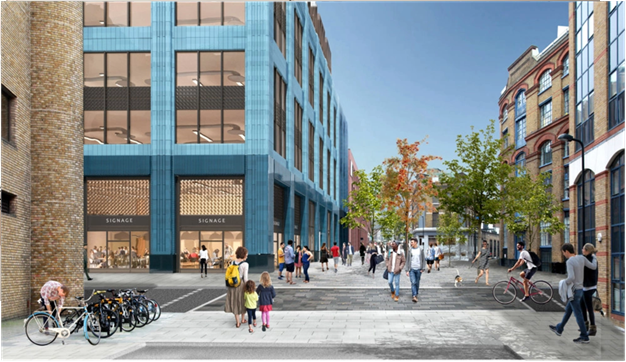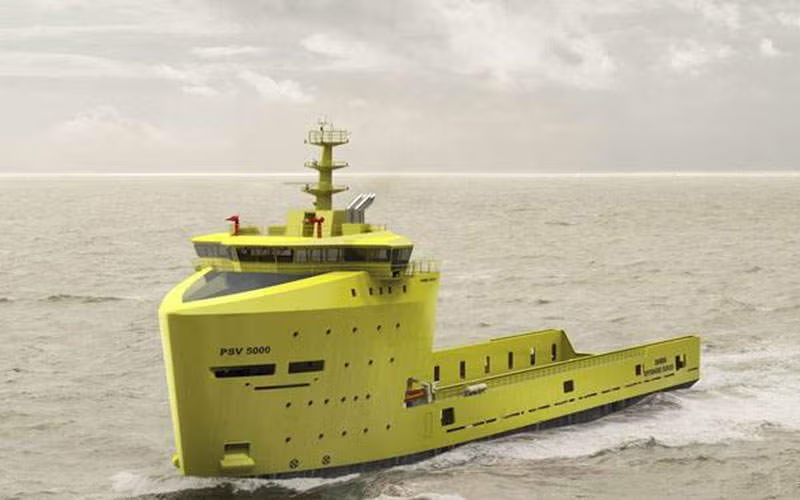Decarbonising Buildings: Four Key Strategies
The construction industry is one of the largest contributors to global carbon emissions, accounting for nearly 40% of total emissions worldwide. This means that the sector plays a critical role in the fight against climate change. To move towards a sustainable future and create an environmentally responsible built environment, we must focus on practical, long-term strategies to cut emissions at every stage of a building’s life cycle.
Reducing carbon emissions in construction requires more than just new technology—it also calls for early planning, smart design, and cooperation among all stakeholders involved in the building process. This includes addressing both operational carbon (emissions from running a building) and embodied carbon (emissions from creating and maintaining the building materials).
Below, we explore four key strategies that can help lower carbon emissions in construction projects.
1. Using Life Cycle Assessments (LCA) to Guide Decisions
A Life Cycle Assessment (LCA) is a tool that examines a building’s entire life span—from material production to demolition—to measure its environmental impact. By conducting an LCA early in the design process, project teams can identify which solutions will have the greatest long-term benefits.
An LCA looks at factors such as:
- Energy use during construction and operation
- Emissions from producing and transporting materials
- Waste generated during the building’s life
- End-of-life disposal or recycling options
This approach allows architects, engineers, and developers to compare different designs and materials, helping them choose the most sustainable options before construction begins.
2. Building Energy Efficiency
Improving energy efficiency is one of the most effective ways to cut a building’s operational carbon footprint.
For existing buildings, upgrades can significantly lower energy use:
- Replacing old windows with energy-efficient models
- Adding insulation to walls and roofs to reduce heat loss
- Installing heat recovery systems in ventilation
For new buildings, energy efficiency can be built into the design:
- Incorporating air-source or ground-source heat pumps
- Using renewable electricity sources such as on-site solar panels
- Optimizing building orientation and shading to reduce heating and cooling needs
In areas where renewable energy is not yet widely available, developers can also purchase certified “green” energy from wind or solar farms. While this improves the operational footprint for an individual building, the construction sector as a whole must also work toward increasing renewable energy supply in the power grid.
3. Reducing Operational Carbon Through Design Choices
The design stage offers the best opportunity to reduce operational carbon emissions. Early planning allows teams to consider:
- Building orientation to maximize natural daylight and reduce artificial lighting needs
- Shading systems that lower cooling demands in summer
- The right balance of glazing (windows) to provide light without losing heat
- Thermal properties of walls, roofs, and other enclosures
For example, designing a building’s façade based on detailed energy modelling can help balance natural light with thermal performance. This means lower heating costs in winter and less need for air conditioning in summer.
4. Tackling the Embodied Carbon Footprint
Embodied carbon refers to the emissions produced before a building is even occupied—such as manufacturing materials, transporting them to the site, and the construction process itself. It also includes future emissions from repairs, replacements, and demolition.
With new regulations like the EU Corporate Sustainability Reporting Directive (CSRD), developers and construction companies will soon need to measure and report emissions from their entire supply chain. Some countries, like Denmark, already have rules limiting embodied carbon in building projects.
To meet these new “carbon budget” limits, the industry will need to:
- Use low-carbon materials (e.g., recycled steel, low-carbon concrete, sustainably sourced timber)
- Optimize building designs to use fewer materials without compromising safety or function
- Reduce underground levels and adjust structural spacing to cut material use
- Plan for reuse or recycling of materials at the end of the building’s life
Since the structural frame and foundations often have the highest embodied carbon, reviewing these components early in the design stage is essential. However, every part of the building—from insulation to finishes—should be considered to achieve meaningful reductions.
Collaboration Is Key
Reducing carbon emissions in the construction sector is not a one-person job—it requires cooperation at every level:
- Architects can design buildings with energy efficiency and sustainable materials in mind.
- Engineers can implement innovative systems like renewable energy and low-carbon construction methods.
- Developers can drive demand for green buildings and choose sustainability as a core investment strategy.
- Occupants can adopt energy-saving habits and support policies that encourage greener practices.
When all these stakeholders work together, the industry can make significant progress toward a sustainable built environment.
Final Thoughts
The road to decarbonising construction is challenging but achievable. By combining early life cycle assessments, energy-efficient design, operational carbon reduction strategies, and embodied carbon management, we can lower emissions without sacrificing building quality or functionality.
The choices made today will shape the buildings of tomorrow. With thoughtful planning, innovative technology, and collective action, the construction sector can play a leading role in the fight against climate change—and create a future where our built environment works in harmony with the planet.



















